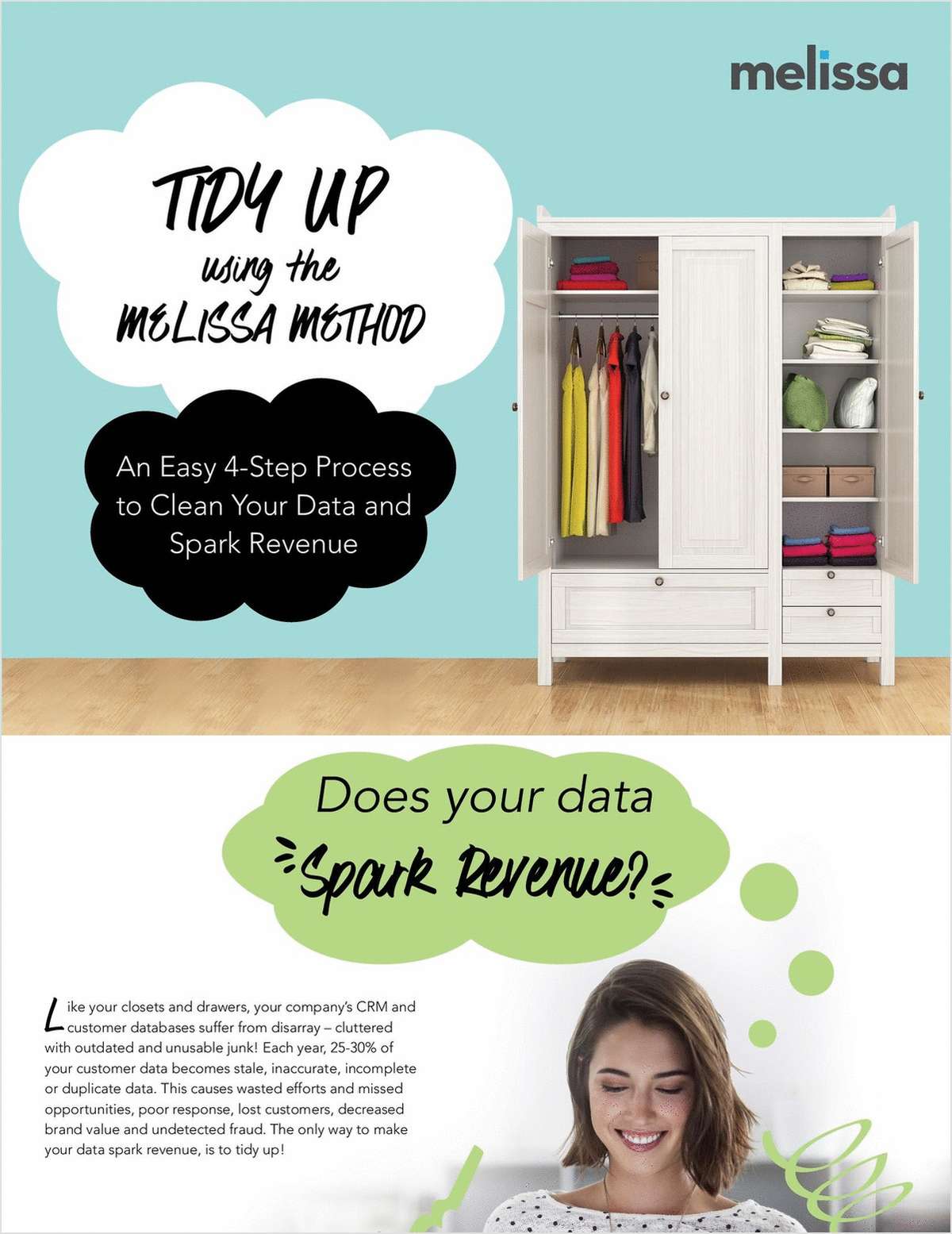Back injuries are the single most common injury in theworkplace. The U.S. Department of Labor's Bureau of LaborStatistics reported more than 270,000 cases in 2005–nearly 22percent of all the injuries that resulted in lost time fromwork.
|Carriers understandably are interested in finding ways to reducethe number and severity of back injuries and the workers'compensation claims that result and not just for their own benefit."Every claim we pay also costs employers money due to having tohire temporary workers to replace an injured worker, having to payfor additional training and certification, and general lostproductivity," says John Anthony, director of the Innovation Lab atThe Hartford Financial Services Group. "There's also the personalimpact to the individual who is injured."
|Providing workers with training on proper lifting can beeffective–if employees remember to follow the advice. Anthony andhis team of five Innovation Lab researchers hypothesized if therewere a way to provide workers with real-time, dynamic feedbackabout lifting techniques, the efficacy of this training wouldincrease.
|"There is an existing body of knowledge out there that showswhat a good lifting technique looks like–the bend, the ratio of theobject lifted to the weight and strength of the person doing thelifting, and the lifting frequency," Anthony says. "The challengeis how to get this information to workers when they can mostbenefit from it."
|The Innovation Lab recently partnered with the Sensor NetworkConsortium at Boston University's College of Engineering to find away to use sensor technology to provide real-time feedback. Thefirst phase of the project, called LIFT (Lift Intelligence fromTelematics), will involve working with medical researchers totranslate proper lifting techniques into algorithms that relate todata transmitted by Bluetooth-equipped sensors. For example, apressure sensor in a shoe might determine a 180-pound employee islifting a 30-pound load. An accelerometer fastened to a sleevecould determine the speed of the load and direction in which it ismoving.
|The technical challenge will be creating a new, wearabledevice–with a prototype planned by year's end–that can aggregateand analyze information transmitted by these sensors and provideeither corrective alerts or positive reinforcement to the wearer."In going from that prototype to the final production device, wealso must keep form factor, battery life, and communicationprotocols in mind," Anthony adds.
|Aside from the technical challenges involved in creating theprototype, there are other hurdles to overcome including reluctanceof employees to wearing the device and concerns regarding use ofdata. "There are privacy issues we know we have to be concernedabout, but we believe a successful testing phase that shows thebenefit to employers and employees will encourage theirparticipation," Anthony explains.
|Along with supplying real-time feedback to workers, The Hartfordhopes data can be further aggregated and combined with claimsinformation to perform additional analytics that will enable betterloss control on an account-level basis. From a business standpoint,The Hartford sees the benefit of the project in fewer andless-severe claims that will reduce workers' compensation costs forinsurers and employers alike. Ultimately, the project also couldplay a part in product development and pricing. "Depending upon thegranularity of data, there are any number of ways to define moreprecisely the risk that's being insured. Whether it's on theproduct development side or in more sophisticated underwriting andpricing or even in streamlining claims, there are opportunitiesacross the value chain," Anthony says.
|However, he stresses the potential health impacts of the projectare the most important. "We will improve the quality of lives if wecan reduce injuries," asserts Anthony. "The benefit the employerand employee could receive is compelling, beyond simply premium orclaim cost reductions."
|The LIFT project also illustrates the philosophy of TheHartford's Innovation Lab. "Unlike more traditional R&D, wedon't begin with technology. We identify a business problem orstrategic goal and then search for creative ways to solve thatproblem or meet that goal. Only then do we identify emergingtechnologies or develop new capabilities," notes Anthony. "We knowwe won't be able to drive sensor capabilities into the marketwithout both our business and our customers seeing the valueproposition."
Want to continue reading?
Become a Free PropertyCasualty360 Digital Reader
Your access to unlimited PropertyCasualty360 content isn’t changing.
Once you are an ALM digital member, you’ll receive:
- All PropertyCasualty360.com news coverage, best practices, and in-depth analysis.
- Educational webcasts, resources from industry leaders, and informative newsletters.
- Other award-winning websites including BenefitsPRO.com and ThinkAdvisor.com.
Already have an account? Sign In
© 2024 ALM Global, LLC, All Rights Reserved. Request academic re-use from www.copyright.com. All other uses, submit a request to [email protected]. For more information visit Asset & Logo Licensing.








